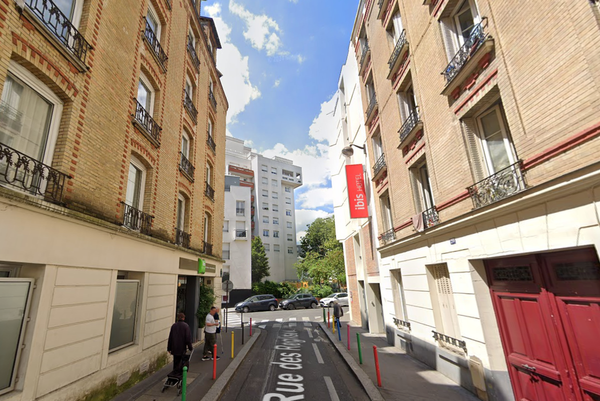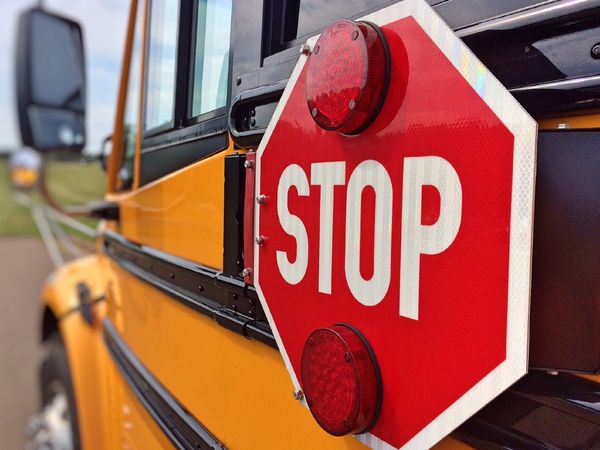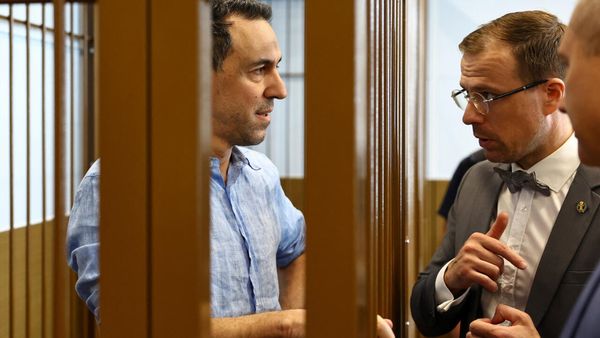Pradeep Pandiyan could be Tasmania's ultimate twitcher, taking up to 55 hours to capture one shot of the state's more elusive bird species.
From commando crawling over saltmarshes to 11-hour days bush-bashing, Mr Pandiyan admits he's a bit obsessed.
"Once I got into it, it became very, very addictive," he told Jane Longhurst on ABC Radio Hobart.
While balancing a full-time engineering career, he says not a single day goes by that he's not "thinking about the birds".
Mr Pandiyan's main influence is National Geographic photographer Tim Laman.
"His obsession was to photograph all the birds of paradise species from Papua New Guinea on various different islands," he said.
Mr Pandiyan was inspired to set out and photograph the 'Tassie 12', which is all of Tasmania's endemic bird species.
"I'd just gotten into the phase of exploring the digital camera and the breathtaking pictures it can take and then I started paying attention to detail and got into birds," he said.
Patience is a virtue
Mr Pandiyan is a very patient man, and he has to be.
"The birding and the twitching aren't just about seeing the bird through binoculars and ticking it off the list," he said.
"You have to wait behind your camera, waiting for that perfect moment for that bird to come and sit on that perch and click that photo without any obstructions.
The elusive ground parrot has been his hardest quest.
"I had to wait for five straight days for 11 hours a day, bush-bashing to photograph that species," he said.
He says he enjoys the adventure and remoteness bird photography requires, like spending time at Melaleuca in Tasmania's wild south west taking photos of the critically endangered orange-bellied parrot.
"You go and explore the place and get to know the birds in that habitat," he said.
The Tassie 12 mission
It's taken Mr Pandiyan two and a half years to capture all 12 of the state's endemic species.
"You can't find those 12 endemic birds anywhere else in the world," he said.
The one endemic species that kept him on his toes was the scrubtit.
"It's a tiny bird, which has a beautiful yellow wash underneath its throat," he said.
He still has a few more species he'd like to capture properly, like the wedge-tailed eagle.
"I've seen so many of them flying about but I've never got a fantastic portrait shot of them," he said.
"It's high on my radar."
'Very tricky' shore birds
Mr Pandiyan says shore birds are among the most challenging to capture due to their speed and cautious nature.
Dotterels and plovers do not like people, and will quickly move away.
He says he needs to army crawl to get a good photo.
"That's the only approach," he said.
"The minute they start seeing a threat or movement they move away.
"The best way to approach them is using your binoculars and on your belly flat to the ground to do an army crawl.
Some magic not caught by the lens
Not all amazing bird moments are caught on camera.
Mr Pandiyan recalls a magical moment observing the "brood parasite" behaviour of cuckoos.
"All the cuckoo birds, like fantail cuckoos, come to Tasmania to lay eggs and rear the chicks," he said.
"Brood parasitism means they don't know how to build a nest. They lay their eggs in other birds' nests and the other birds will treat the chicks as their own.
"Once they realise that it's not their own they will kick them out and, at that point, the chick is able to fend for themselves."
In Ida Bay in Tasmania's far south, he witnessed a shiny bronze cuckoo, a large bird, being fed by a tiny thornbill.
"The tiny bird is feeding a bird six times bigger than it that isn't its chick," he said.
"It wasn't in a clear position for me to photograph.
"But I got a good look at that behaviour."







